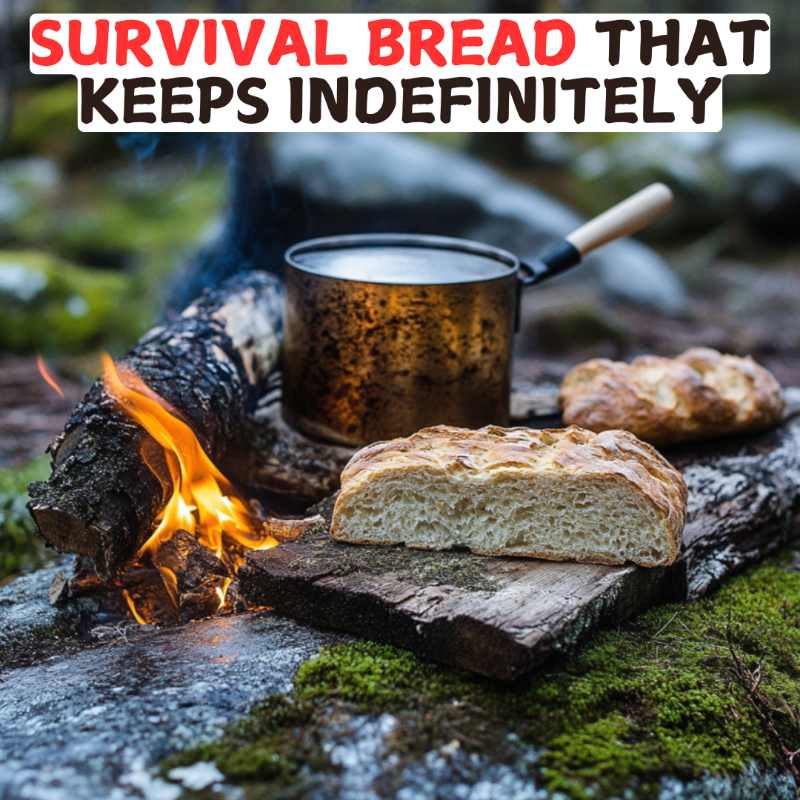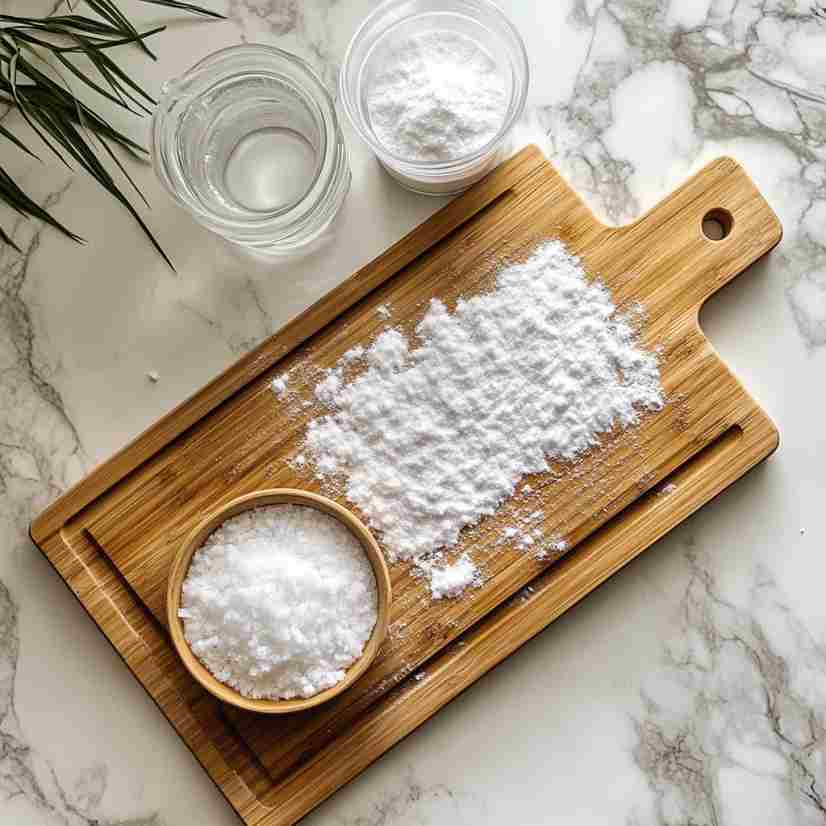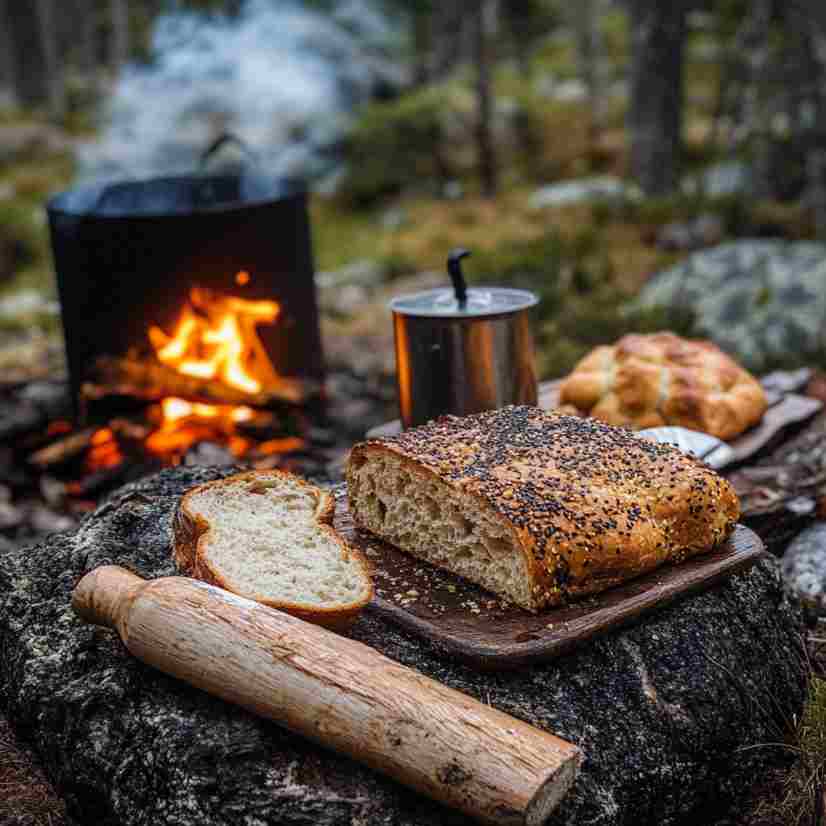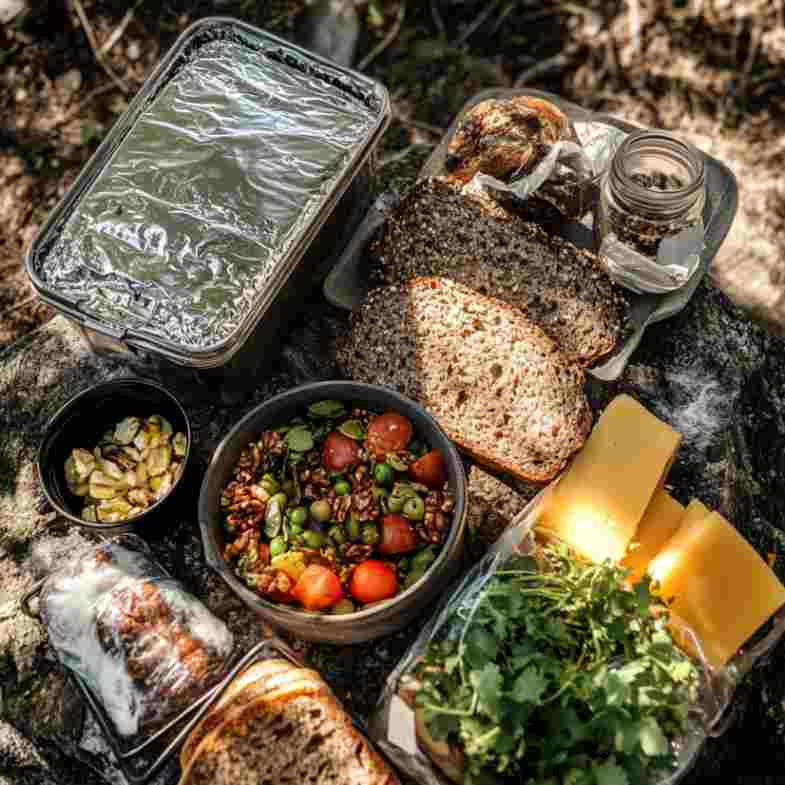Survival Bread That Keeps Indefinitely

Make sure to like Living Green and Frugally on Facebook, Shop at Amazon to help support my site and explore our PINTEREST BOARDS for innovative ways you can become self-sufficient.
In times of uncertainty, having a reliable, long-lasting food source is essential. While fresh bread is often the first to spoil, there is a type of bread designed specifically to last indefinitely — survival bread, also known as hardtack or “pilot bread.” This dense, durable bread has a fascinating history and has been a staple for sailors, soldiers, and pioneers alike due to its remarkable shelf life and simplicity. In this post, I’ll walk you through an easy recipe for survival bread and provide tips and answers to common questions about storing and using this bread effectively.
Why Make Survival Bread?
If you’re into preparedness or just love having emergency supplies on hand, survival bread is a great addition to your pantry. It’s affordable, made with just a few simple ingredients, and can be stored for years without spoiling. Though it’s not your everyday sandwich bread, it’s excellent for emergencies, camping, or when you need a reliable snack.
Recipe: Survival Bread

Ingredients:
- 4 cups all-purpose flour (whole wheat can be used, but it may shorten shelf life slightly)
- 2 cups water
- 2 tsp salt
Instructions:
- Preheat the oven: Set your oven to 375°F (190°C).
- Combine ingredients: In a large bowl, mix flour and salt, then add water gradually. Stir until the mixture forms a dough.
- Knead and shape: Knead the dough for a few minutes until smooth. Roll it out to about 1/2-inch thickness. Cut into squares or rectangles, or use a circular cutter if you prefer.
- Poke holes: Use a fork to prick holes in each piece to help moisture escape and ensure thorough baking.
- Bake: Arrange the pieces on a baking sheet and bake for about 30–40 minutes. Flip halfway through for even drying.
- Cool and dry: Once they’re firm and golden, remove the bread and let it cool completely. For extra dryness, place them in a warm oven (about 200°F or 93°C) for another 1–2 hours.
Note: Properly dried and stored survival bread can last for years. Make sure it’s fully dried to avoid mold growth.

Storage Tips:
- Airtight Containers: Store in a tightly sealed container or vacuum-sealed bag to keep out moisture.
- Cool, Dark Place: Place containers in a cool, dark location to maintain freshness.
- Humidity Control: Add a small packet of desiccant (silica gel) if you live in a humid environment, as it helps absorb excess moisture.
Ways to Use Survival Bread:
- Rehydrate It: Survival bread can be soaked in water, broth, or even milk to make it softer and easier to chew. This is especially helpful if you’re planning to eat it as a meal base.
- Crushed for Stews and Soups: Crush it to add as a thickening agent or filler for soups and stews.
- Snack Option: Enjoy it as-is or top with spreads like peanut butter, honey, or jam if available.

Common Questions About Survival Bread
- Does survival bread really last forever?
- While survival bread can last indefinitely under the right conditions, it’s best to check periodically. If stored away from moisture and in an airtight container, it can last several years without spoiling.
- Can survival bread be made gluten-free?
- Yes, you can make survival bread with gluten-free flour. Keep in mind that the texture might differ, and it may not be as sturdy as the gluten version.
- Is survival bread nutritious?
- Survival bread is primarily a source of carbohydrates and provides energy, but it lacks protein and fats. Adding other preserved foods, like jerky or dried fruits, can help create a balanced survival ration.
- Can I flavor my survival bread?
- Yes, but keep it simple to avoid shortening its shelf life. Herbs like rosemary or thyme can add mild flavor, but avoid oils, fats, or sugars that could spoil over time.
- How should I test the bread for dryness?
- The bread should feel hard and break with a snap, not bend or feel soft in any way. If there’s any bend or chewiness, it needs additional drying time.
- What’s the best way to make it more palatable?
- Soaking or cooking the bread in liquid can make it easier to eat. In survival situations, it can even be crumbled and used as a thickener in soups, which improves taste and digestibility.
Conclusion: Survival bread is a practical and reliable option for anyone who values preparedness and self-sufficiency. While it’s not intended to be a daily staple, it’s a perfect backup for emergencies, long trips, or camping. With this simple recipe and a little preparation, you’ll have an invaluable source of sustenance that can stand the test of time.